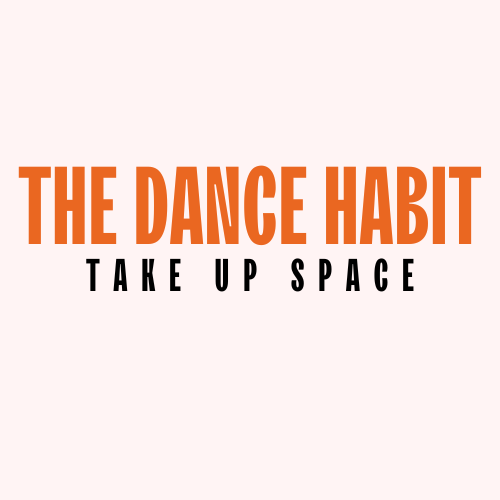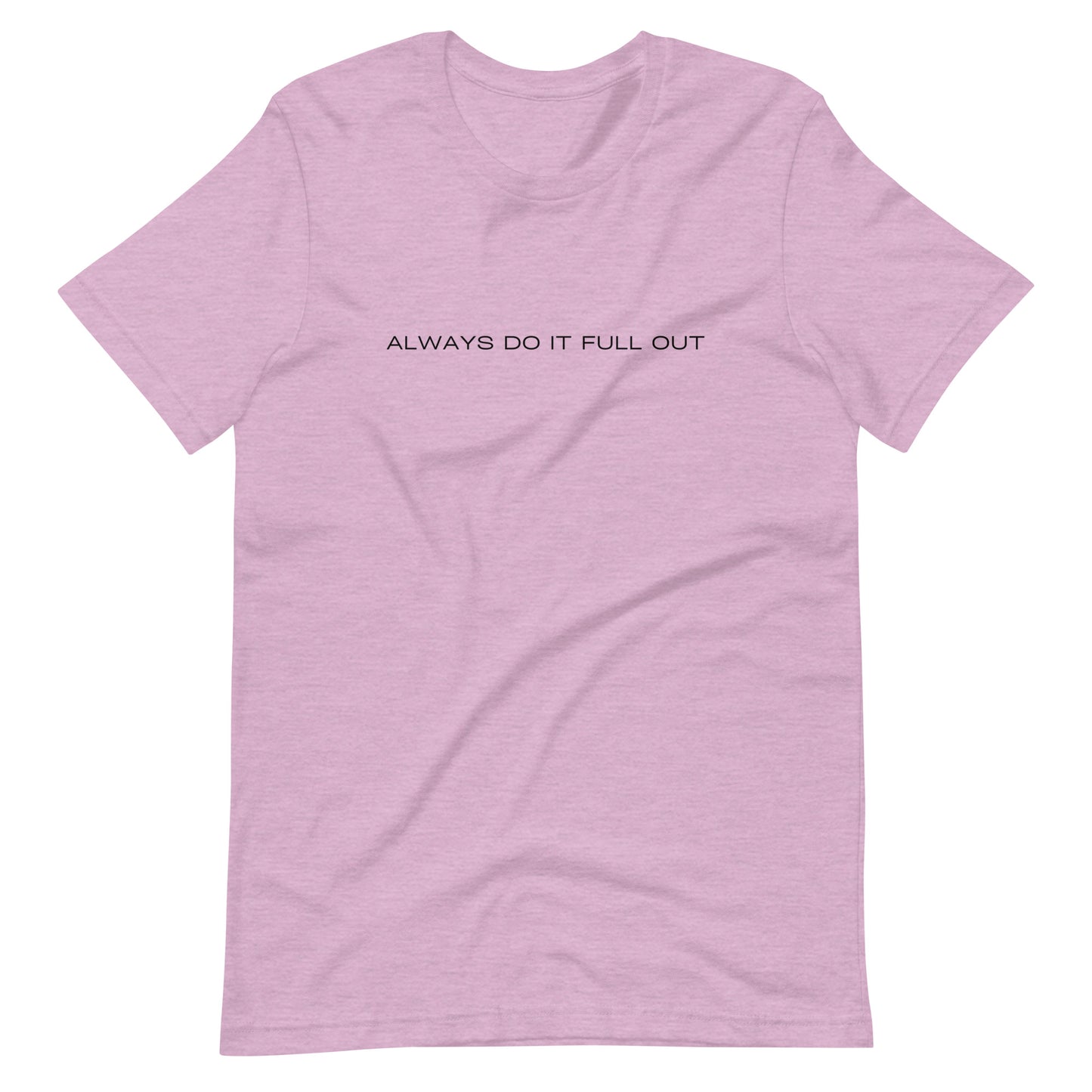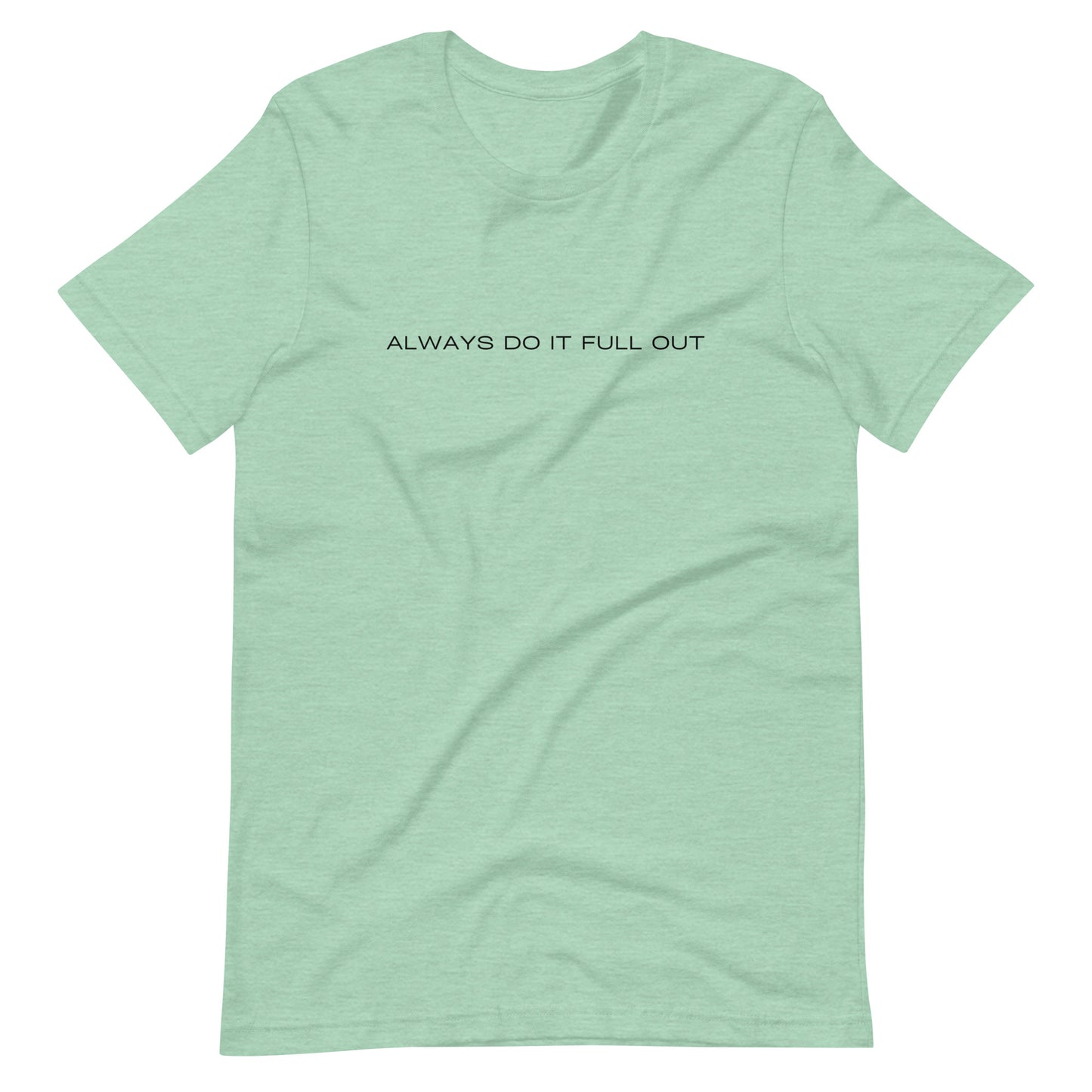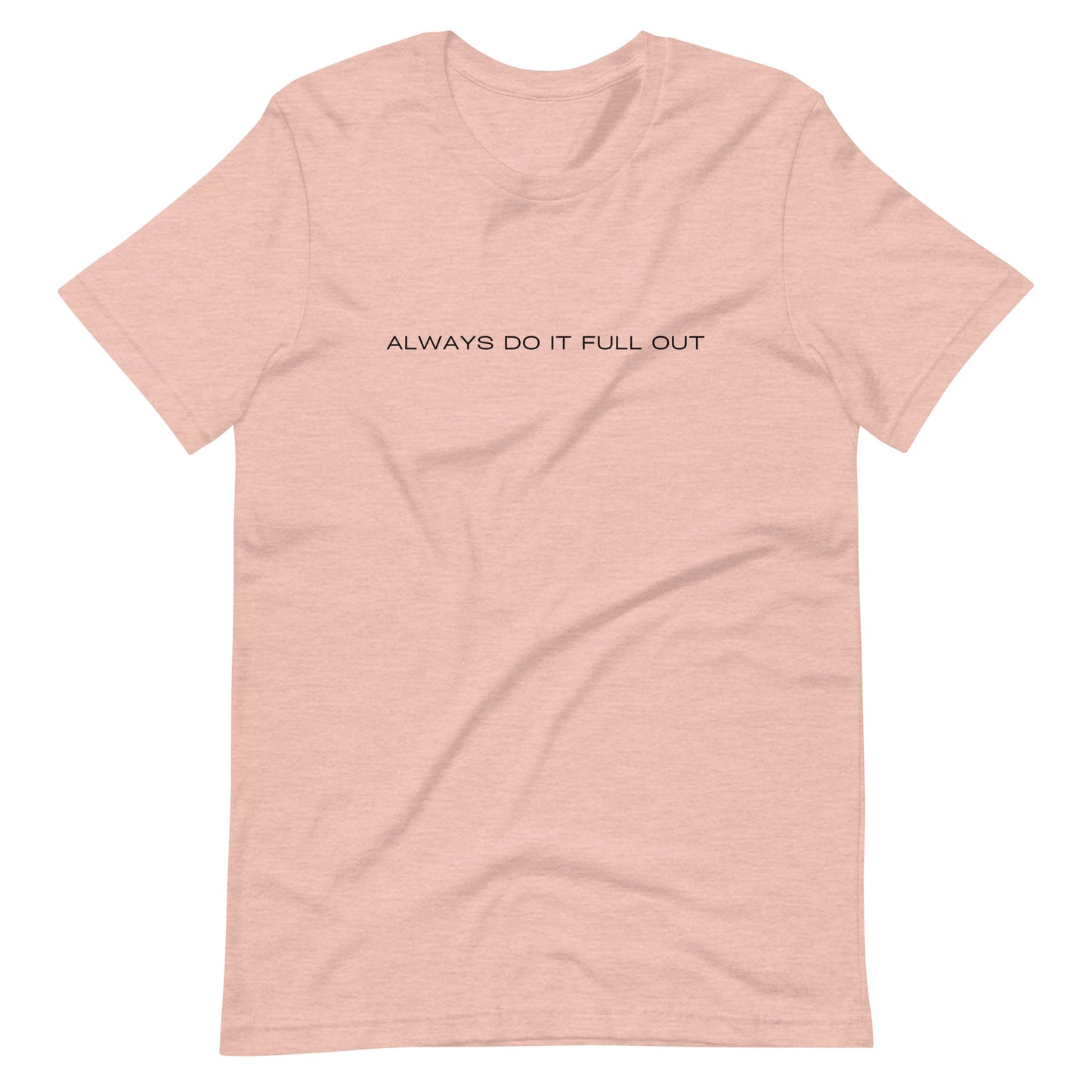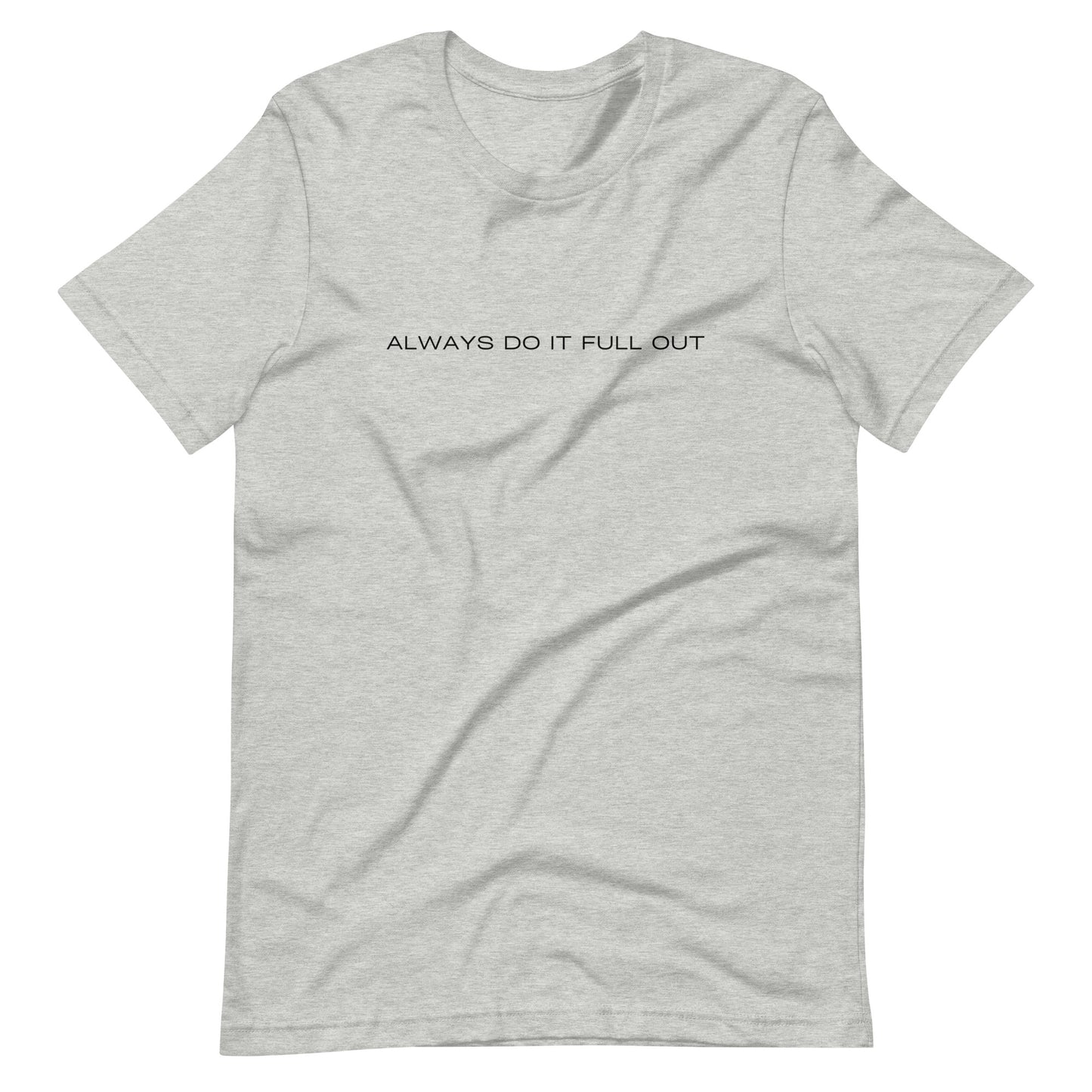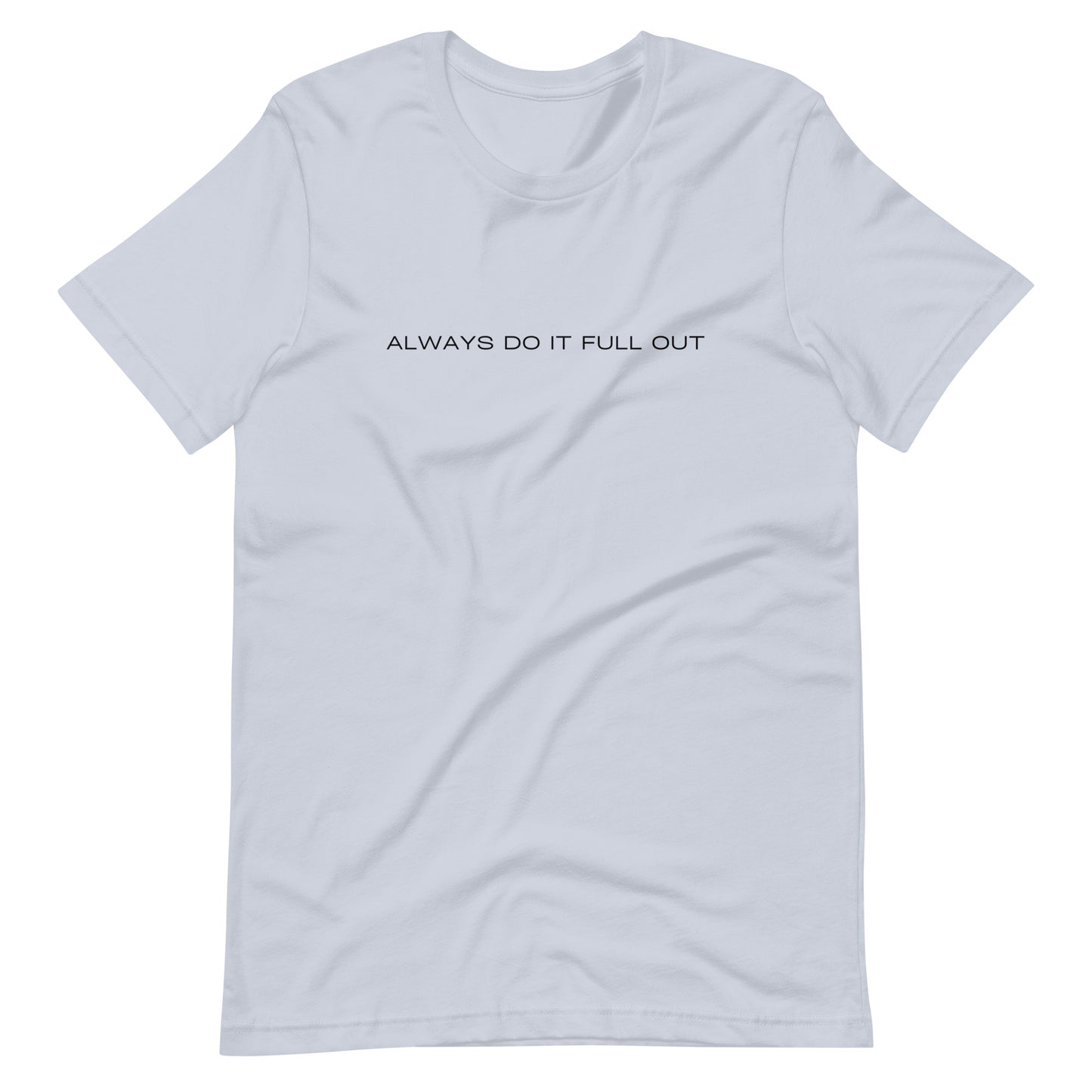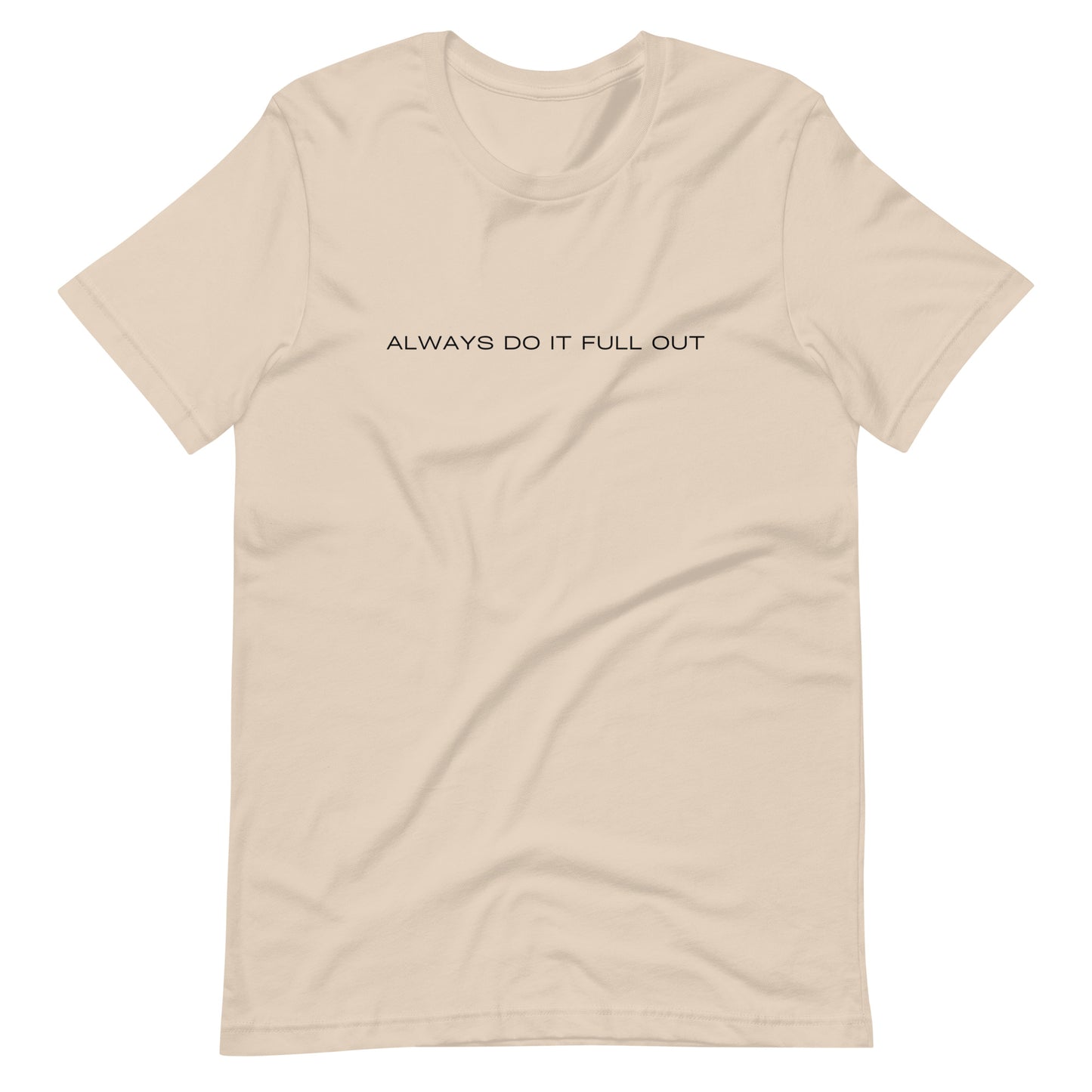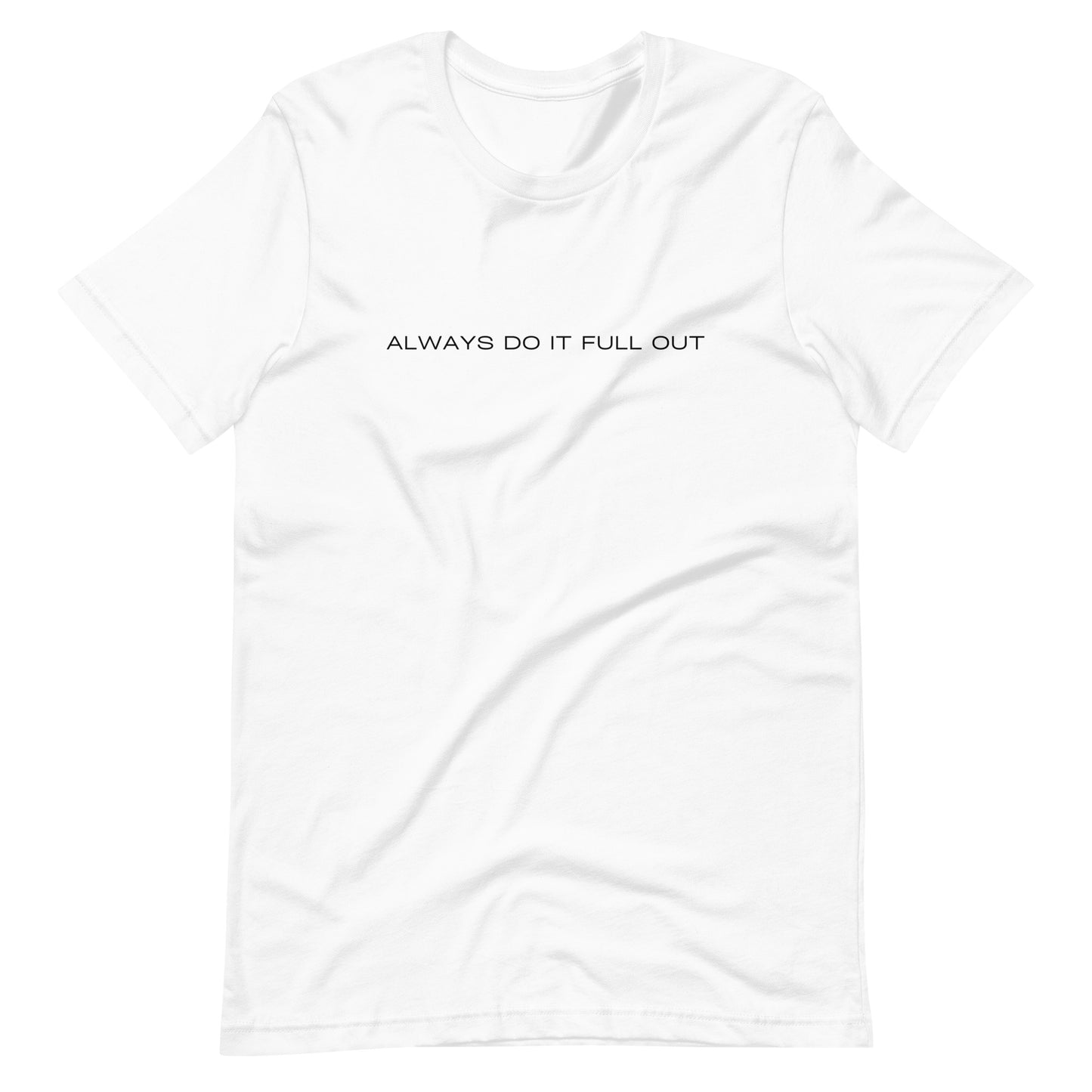We’ve all been there. Some of us more than others. Totally lost when the teacher presses play whether it be at barre, during a warm up, across the floor, or centre. I’ve been on both ends, struggling with picking up combinations myself and seeing my students have trouble picking up combinations.

Rather than giving up on ourselves and our students, how do we improve the area of choreography retention? What are some practical things that we can do to start to pick up phrases more quickly and accurately? This was one of my biggest struggles as a dancer and even though I’ve gotten a lot better at recalling combinations, it remains one of my weaker points. This doesn’t mean you can’t improve or won’t succeed in dancing. There is a lot of information coming out regarding uniquely wired brains that will continue to help us gain insight on how each dancer can best recall movement phrases. Moving forward there will inevitably be emerging innovative approaches to help all dancers be their best.
From my experience, the number one thing that helps with picking up combinations quickly is figuring out the type of learner you are. In 1987, Neil Flemming introduced the idea of learning styles called the VARK theory. The original four learning styles include visual, auditory, reading/writing, and kinesthetic. More recently it has expanded to seven, but starting with the original four is a great place to work from. Here are some specific ways you can explore these four channels of learning in the dance classroom setting.
- Visual. A lot of dancers relate to visual learning. One way to help dancers discover their best mode of learning comes from this exercise. You can also play with doing this while in class, but of course you can’t control how a teacher teaches. This exercise should be combined with the auditory exercise to give a quick comparison for the student as they study their learning style. Have all of the dancers in your class stand still, which can be really hard in a dance class! Perhaps even encourage them to hold their hands behind their backs. Then demonstrate the combination without saying a word. Perhaps the first time you try this, demonstrate it a few times, then try and see how it goes if you demonstrate only once. You can play with trying this in warm up or barre, then again in center or even in the next class.
- Auditory. Auditory can incorporate both saying combinations and utilizing musicality. Counts could even be a way of playing with auditory learning. I would recommend doing this auditory exercise alongside the visual learning exercise. It’s pretty simple, and it might be most helpful starting with a class that has codified movement. In other words, a dance form that is linked directly to some sort of vocabulary like ballet or tap. Simply say the combination, maybe two to three times the first time you try this exercise. That’s it. See what you and your dancers take away from it.
- Reading/writing. For this way of learning, I highly recommend you and your students bring a notebook to class. If you feel comfortable and have the space for this, let them keep their journal at the barre or at the side of the studio so they can write down combinations and things to work on. Not only those two elements, encourage them to write down the good things too! As we all know dance can be harsh, it doesn’t need to be, but it often is. Dancers struggle with perfectionism. Writing down the good things can greatly improve confidence and writing down the patterns of combinations could possibly help solidify patterns of movement for the dancer with a reading/writing learning strength.
- Kinesthetic learning refers to doing the thing you’re trying to grasp. For kinesthetic learning, repetition is helpful. One of the things that I’ve always noticed in class as a teacher is the tendency to “mark it.” You know that half way moving through the motions thing. While I understand the importance of rationing out energy and strength, marking combinations becomes problematic. Not only does it build poor form and muscle memory, but it does not serve kinesthetic learners in gaining the full grasp of the sequence of movements in a combination. It’s going to be hard for a kinesthetic learner to pick up a combination if they aren’t actually moving through a combination at a more full out level. (why I created this shirt, btw.)
There are a lot of ways of picking up combinations, and most of us would consider ourselves to be a combination of more than one of the above types of learners. I’ve found exploring these elements have been helpful for me in learning to pick up combinations more quickly and accurately. I still play with them when I’m in class or when I’m teaching and am always trying to discover more ways for my students to grow. I would love to hear, what are your tips on picking up combinations and choreography?
